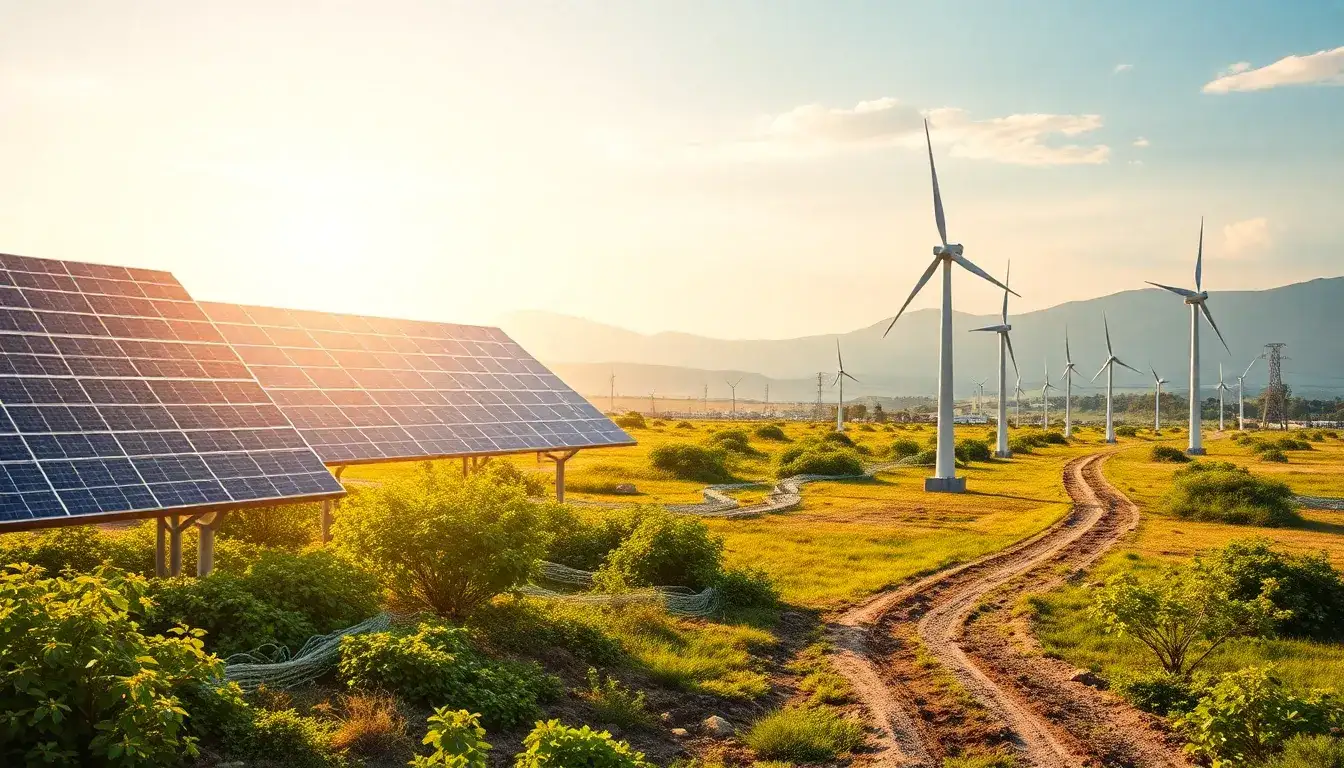
2025 System Integration Market Trends: Transitioning Towards Energy Resource Management
As of March 5, 2025, the market analysis indicates that the energy sector is on the verge of significant transformation. The new energy market is projected to reach a capacity of 44.60 GW and 111.63 GWh, responding to the increasing demand for sustainable energy solutions. This shift not only emphasizes the integration of renewable energy sources but also highlights the need for comprehensive solutions in energy management.
The focus on resource management includes advancements in wind storage and other forms of energy storage, which are becoming increasingly integrated into the grid. Applications on the resource side are expected to diversify, with wind and solar power storage being crucial components. The demand for energy storage is anticipated to grow, driven by technological innovations and regulatory support.
The energy sector is set to undergo a radical change, necessitating the alignment of service entities with evolving market demands. Enhanced collaboration among various stakeholders, including energy producers, consumers, and regulatory bodies, will be essential to ensure a smooth transition to a more integrated energy ecosystem.
In terms of pricing, the value of carbon trading is expected to rise, influenced by broader environmental policies. As energy management becomes a focal point, the carbon market will play a significant role in shaping the economic landscape of the energy sector. The future of energy application will increasingly rely on collaborative networks, enhancing both efficiency and sustainability.
The burgeoning energy market, particularly in emerging economies, is expected to drive significant investments in renewable infrastructure. This investment surge will be critical in addressing the challenges posed by traditional energy resources and ensuring a stable transition to cleaner alternatives.
Looking ahead, the integration of advanced technologies in energy management systems will be vital. This includes the implementation of AI-driven solutions that can optimize energy distribution and consumption patterns. The interconnection of energy networks will facilitate the sharing of resources, enhancing resilience against market fluctuations.
In summary, the energy sector in 2025 is poised for a transformative phase characterized by greater integration of renewable resources, innovation in energy management, and a stronger regulatory framework aimed at promoting sustainability. The collaborative efforts of all stakeholders will be essential in navigating this transition effectively.







